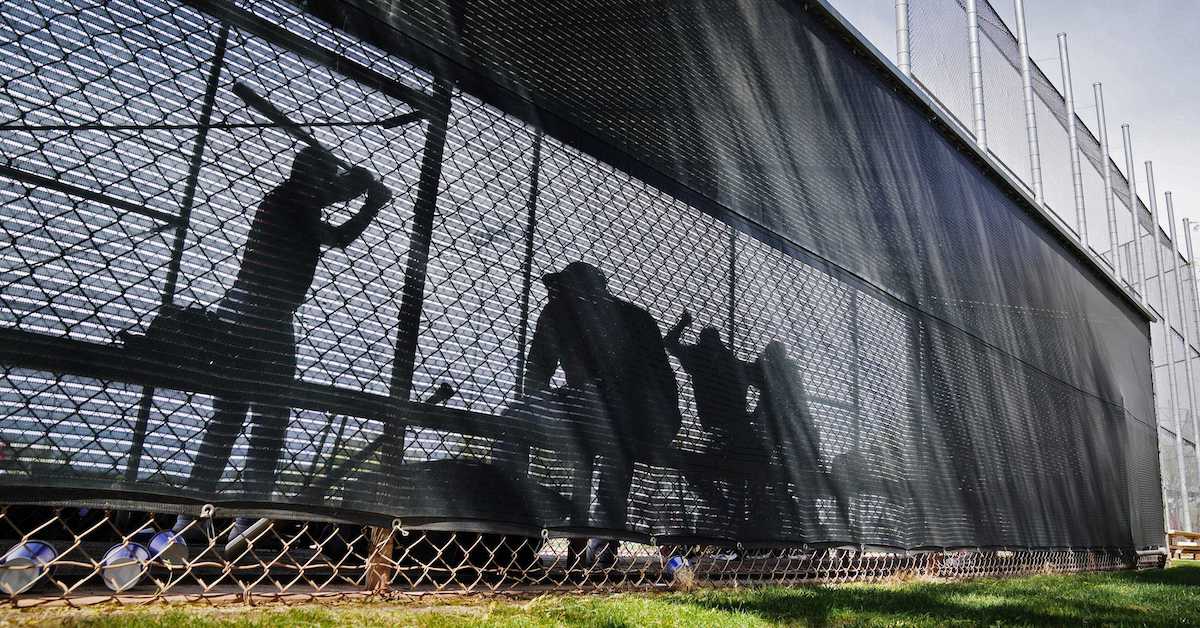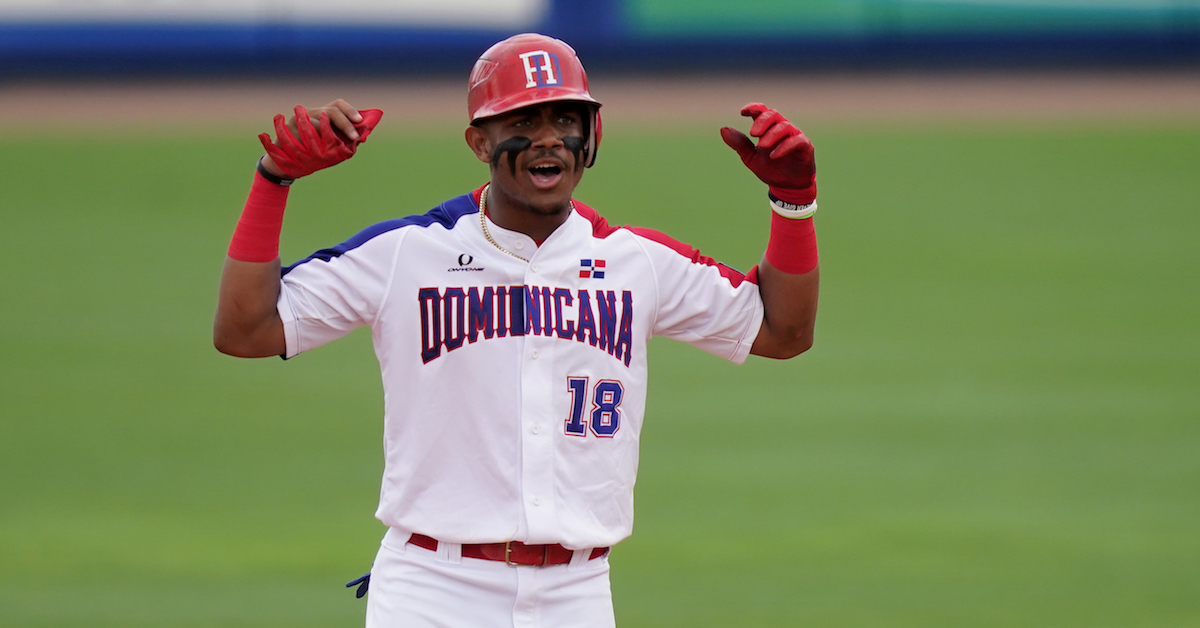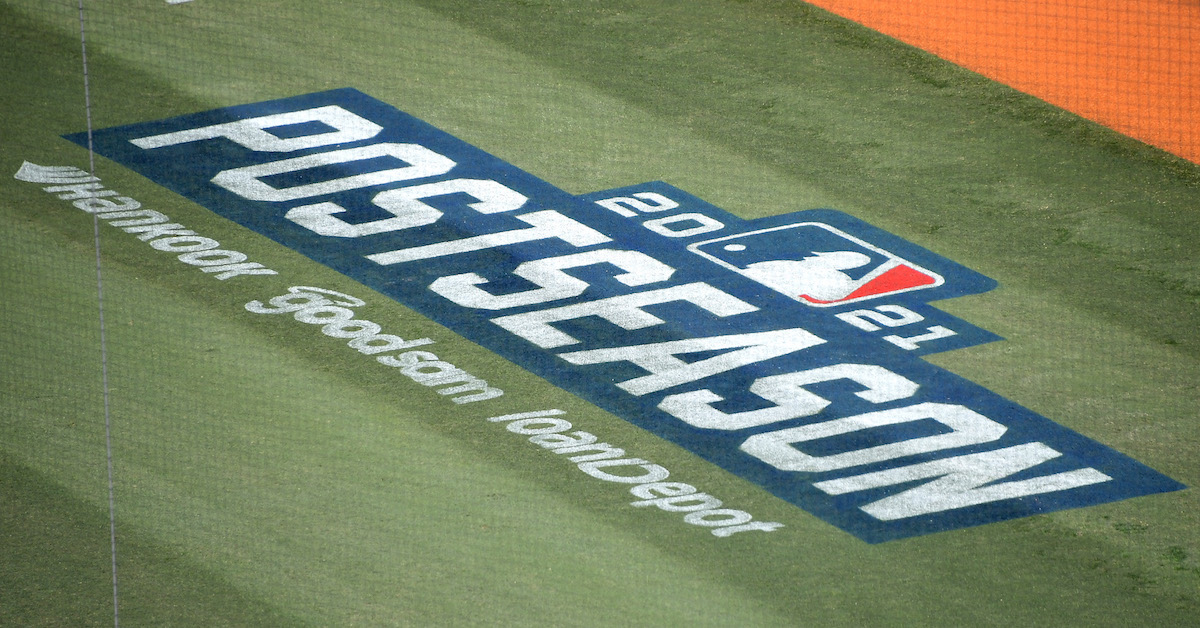Mid-Tier Hitting Prospects I Like in 2022

Two weeks ago was Prospect Week here at FanGraphs. I didn’t contribute any analysis to it, because a) it was packed with really good analysis already and b) I wasn’t done compiling the thing I wanted to contribute. With some time to finish up my work — and not much else going on in our lockout-plagued sport — I’m ready to provide a bit of bonus analysis.
Last year, I used a variety of statistical techniques to come up with a list of players I thought stood a strong chance of putting together a meaningful major league career. This year, I’m … well, I’m using a variety of statistical techniques to come up with a list of players I think stand a strong chance of putting together a meaningful major league career. But this time, I’ve spent a bit more time refining my methods.
Here’s a quick overview of those methods. I used a variety of simple models based on historical minor and major league data. In each of them, I looked at a variety of key indicators in minor league hitters: statistics, age, position, level — anything I could download, essentially. I linked those minor league seasons to that player’s eventual major league career (or lack thereof).
This methodology carries many limitations, only some of which I have time to detail here. Baseball isn’t the same as it was in the past; while I think I’ve done a decent job of picking performance metrics that are stable over time, player development and the skills that are necessary to stick in the major leagues don’t look the same as they did 10 or 20 years ago.
That particular problem is inherent in everything that uses the past to predict the future, but don’t worry: my methods have way more shortcomings. For one, 2021 was a strange year to look at minor league statistics. With no 2020 season to gauge players’ skill levels, competition seemed far more variable within each league. I’m also basing much of this data on leagues that don’t exist anymore, as minor league realignment changed the makeup of the minor leagues significantly and also messed with my rudimentary park factors. I didn’t use Statcast or Trackman data, both because I don’t have a complete picture of it for 2021 and because it doesn’t exist at all in most of the years I used to train my various models. Finally, I’m using the position that each player played most in 2021 to give them a position, rather than where they’re projected to end up or what our prospect team thinks they’re best suited for.
Read the rest of this entry »




